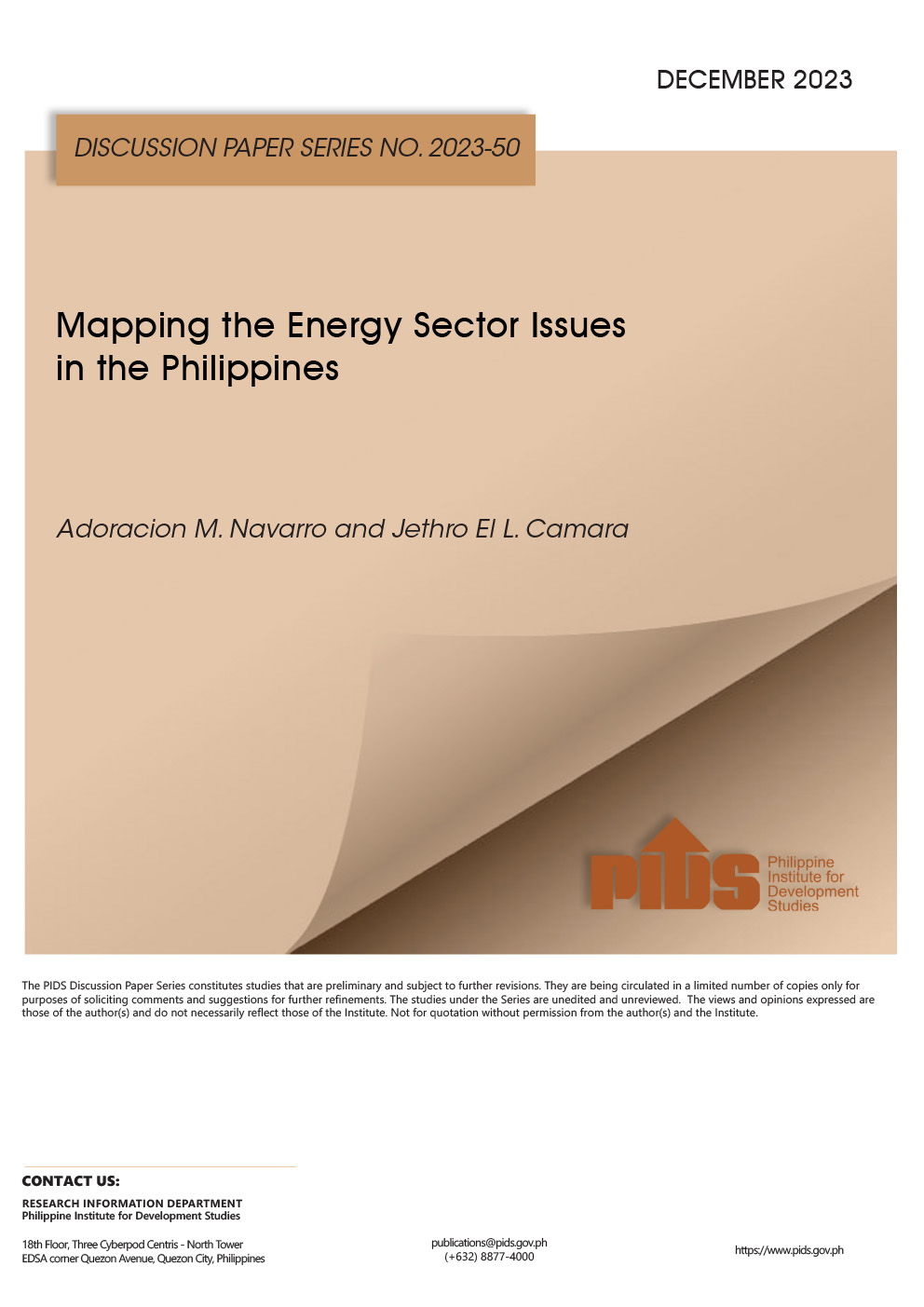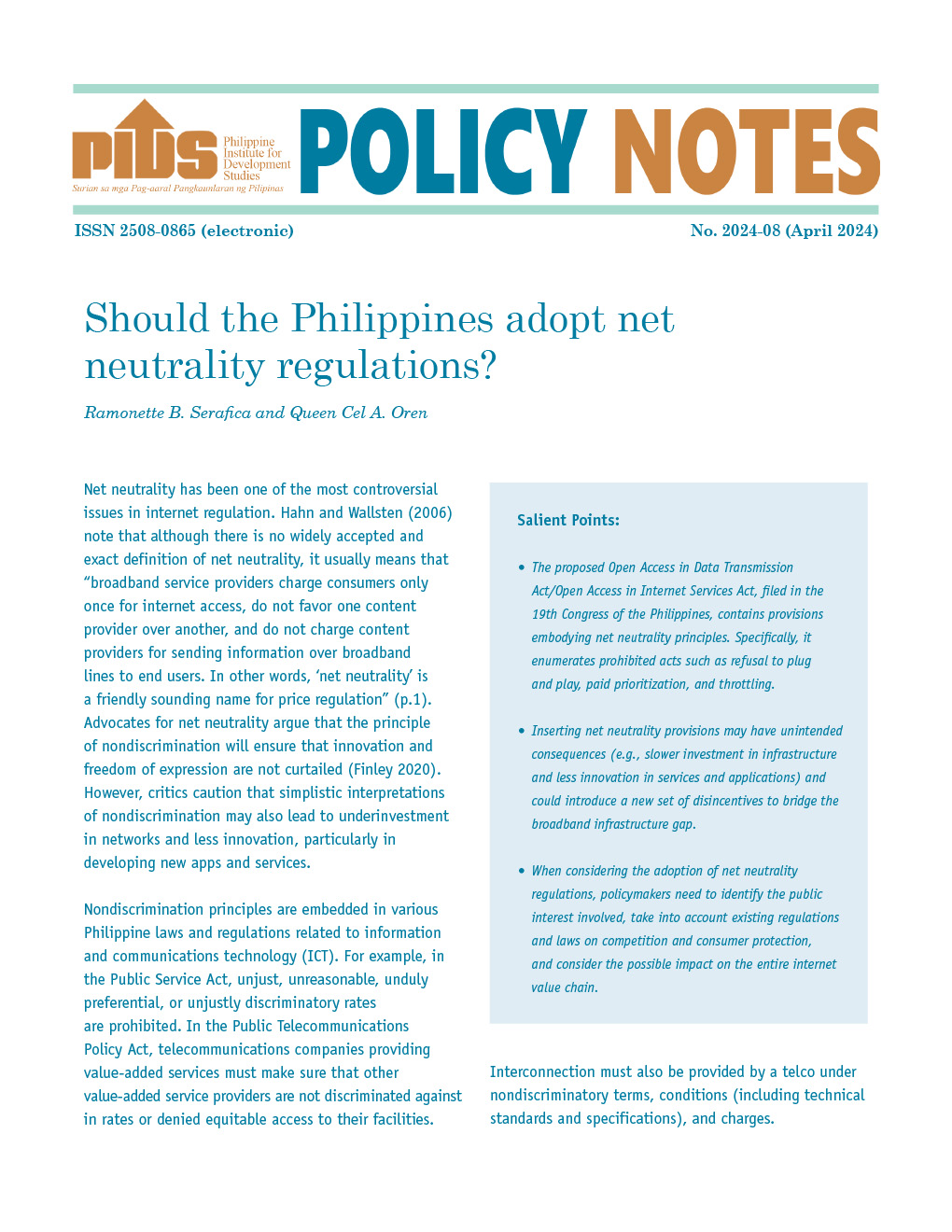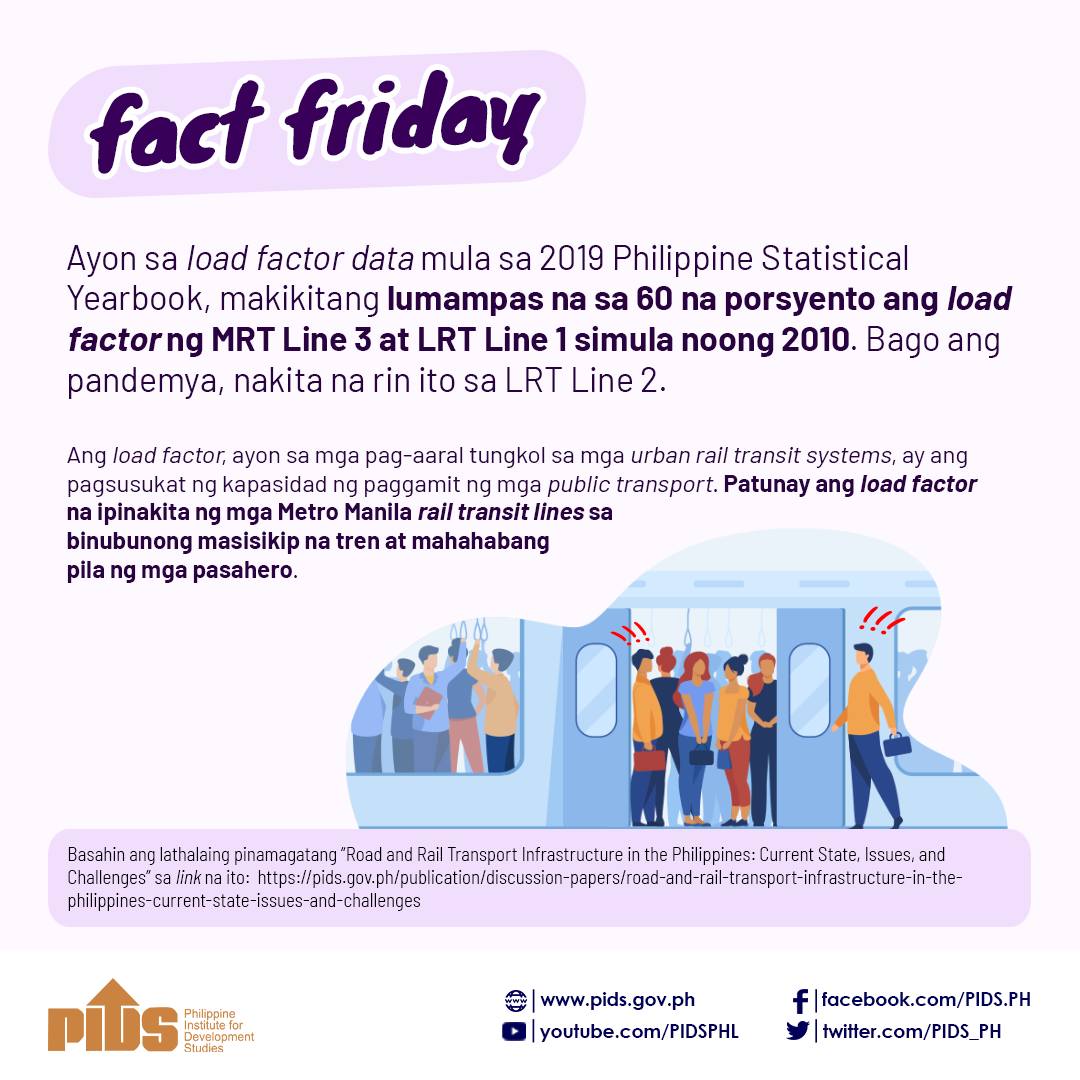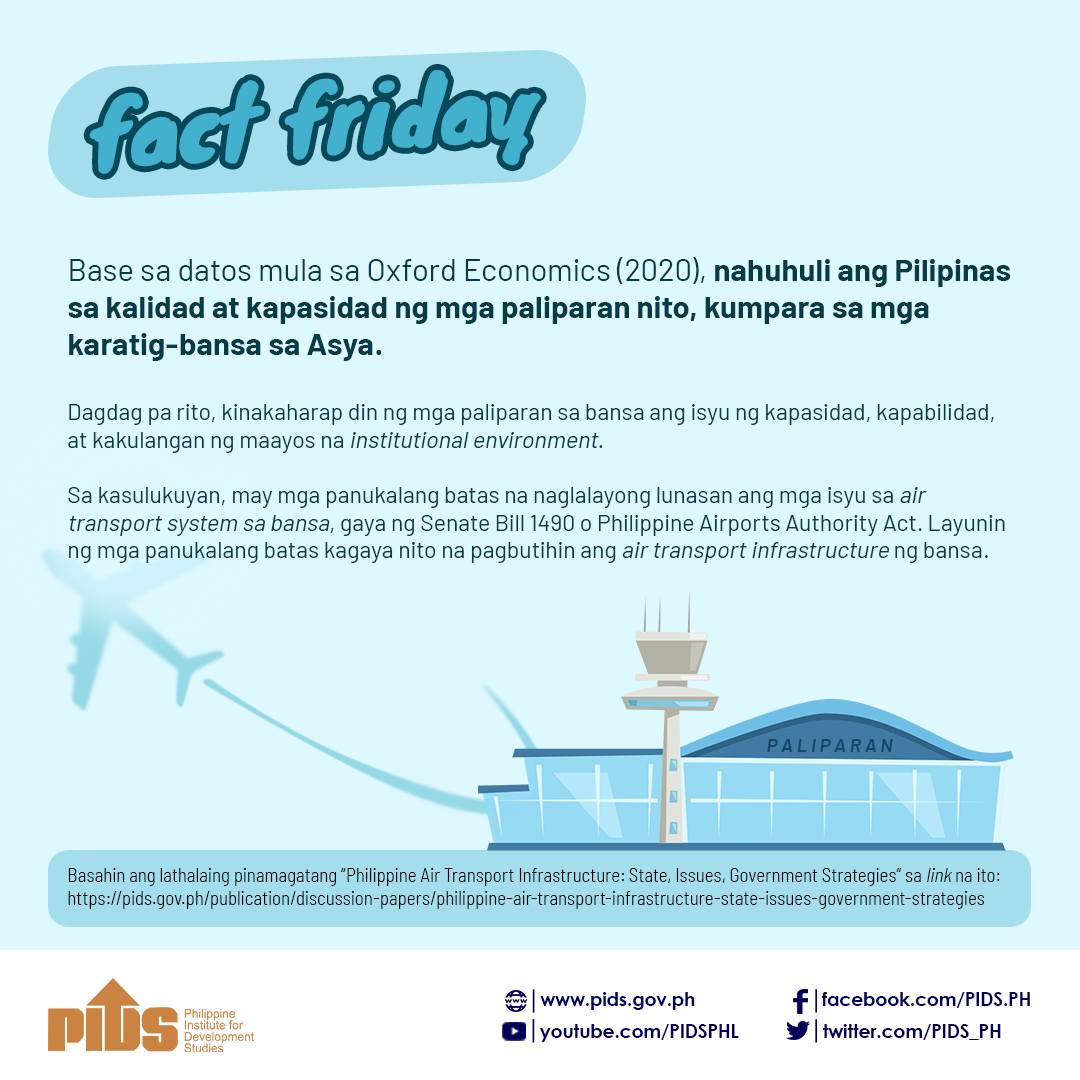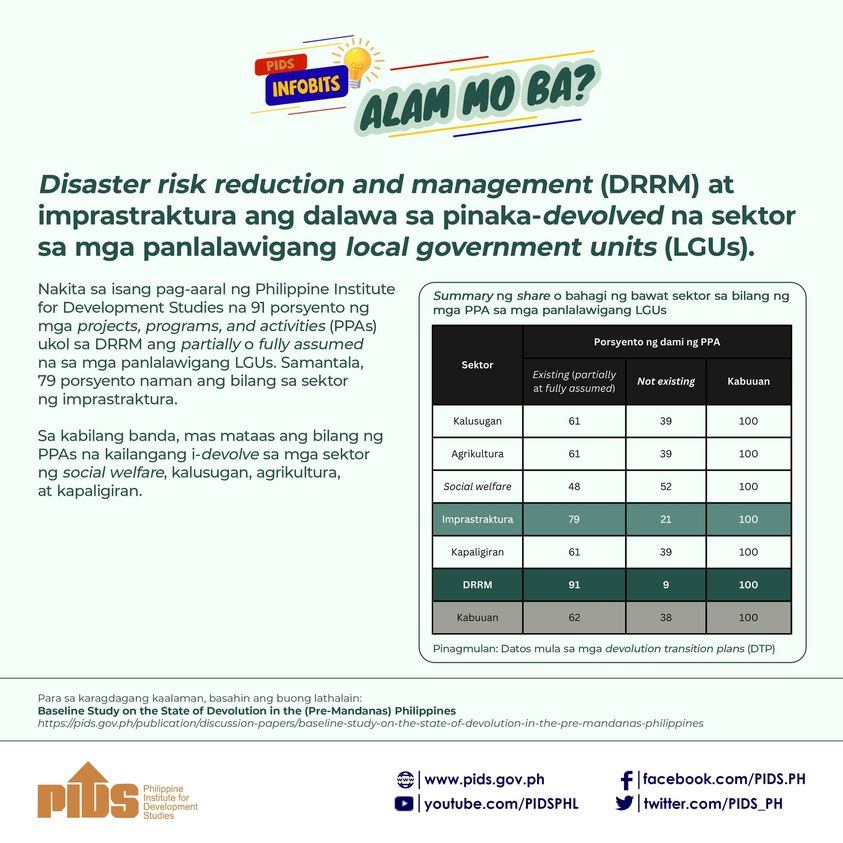RISING air travel demand will require more investment in the supporting infrastructure, according to a study issued by the Philippine Institute for Development Studies (PIDS), a government think tank.
“While the government recognizes the need to improve the air transport infrastructure by building new airports and improving existing facilities and technical capabilities, huge investments are needed to catch up with the burgeoning demand for air travel,” the authors of the study said in a statement on Monday.
PIDS researchers Kris A. Francisco and Valerie L. Lim noted that the current challenges confronting Philippine airports are capacity, technical capability, quality, and institutional environment.
“The Ninoy Aquino International Airport (NAIA), being the country’s premiere airport is faced with problems related to congestion because the current capacity is unable to adjust to the increasing demand of air travelers and aircraft,” the study noted.
“Aside from passenger congestion, NAIA also suffers from runway congestion due to the layout and configuration of the runway and taxiway.”
The study found that many regional airports are not rated for night flights, restricting flight operations to the daylight hours.
PIDS also concluded that airport quality is not up to par with regional airports.
As for the policy environment, PIDS cited the need for coherent policy and alignment among the government agencies responsible for airport development.
“Like other sub-sectors of the transport sector in the Philippines, the institutional environment for the air transport sector is in need of an overhaul,” the researchers concluded.
Among the measure that could address these issues is the updated Philippine Development Plan, which hopes to improve the operational efficiency of airports and address constraints capacity to bring expansion in line with growing demand. The plan also hopes to position airports as a means of spurring tourism development and develop new growth centers.
The Department of Transportation is currently undertaking procurement on various airport projects, including renovation and new construction.
The department is also fast-tracking the privatization of NAIA, according to Transport Secretary Jaime J. Bautista.
NAIA upgrades in particular are a matter of urgency because it is the only airport serving Metro Manila to breach its rated capacity, he said in a statement last week.
He said that NAIA can only handle 40 to 44 aircraft movements per hour.
If the privatization goes ahead, he said that NAIA will likely increase its aircraft capacity to 50 or even 55 aircraft movements per hour.

